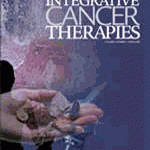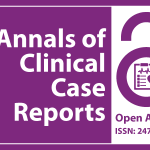Denise Adams, Simon Dagenais, Tammy Clifford, Lola Baydala, W. James King, Marilou Hervas-Malo, David Moher and Sunita Vohra
Complementary and Alternative Medicine Use by Pediatric Specialty Outpatients
Pediatrics, 2013, 131 (2), 225-232

OBJECTIVE: Complementary and alternative medicine (CAM) use is high among children and youth with chronic illnesses. The objective of this study was to assess the prevalence and patterns of CAM use in 10 subspecialty clinics in Canada and to compare CAM use between 2 geographically diverse locations.METHODS: This survey was carried out at 1 Children’s Hospital in western Canada (Edmonton) and 1 Children’s Hospital in central Canada (Ottawa). Questionnaires were completed by parents in either French or English.RESULTS: Although demographic characteristics of the 2 populations were similar, CAM use at the western hospital was 71% (n = 704) compared with 42% (n = 222) at the central hospital (P < .0001). Most respondents agreed or strongly agreed that they feel comfortable discussing CAM in their clinic. The most common CAM products currently used were multivitamins/minerals, herbal products, and homeopathic remedies. The most common CAM practices currently used were massage, chiropractic, relaxation, and aromatherapy. Eighty adverse effects were reported, and 55 (68.8%) of these were self-assessed as minor.CONCLUSIONS: Results of this study indicate that CAM use is high among pediatric specialty clinic outpatients and is much greater in the western than in the central hospital. Most respondents felt that their CAM use was helpful with few or no harms associated. Many patients, using CAM alongside their conventional medicines, are still not discussing their CAM use with their physicians and are increasing the likelihood for potential interactions and preventable harms.






